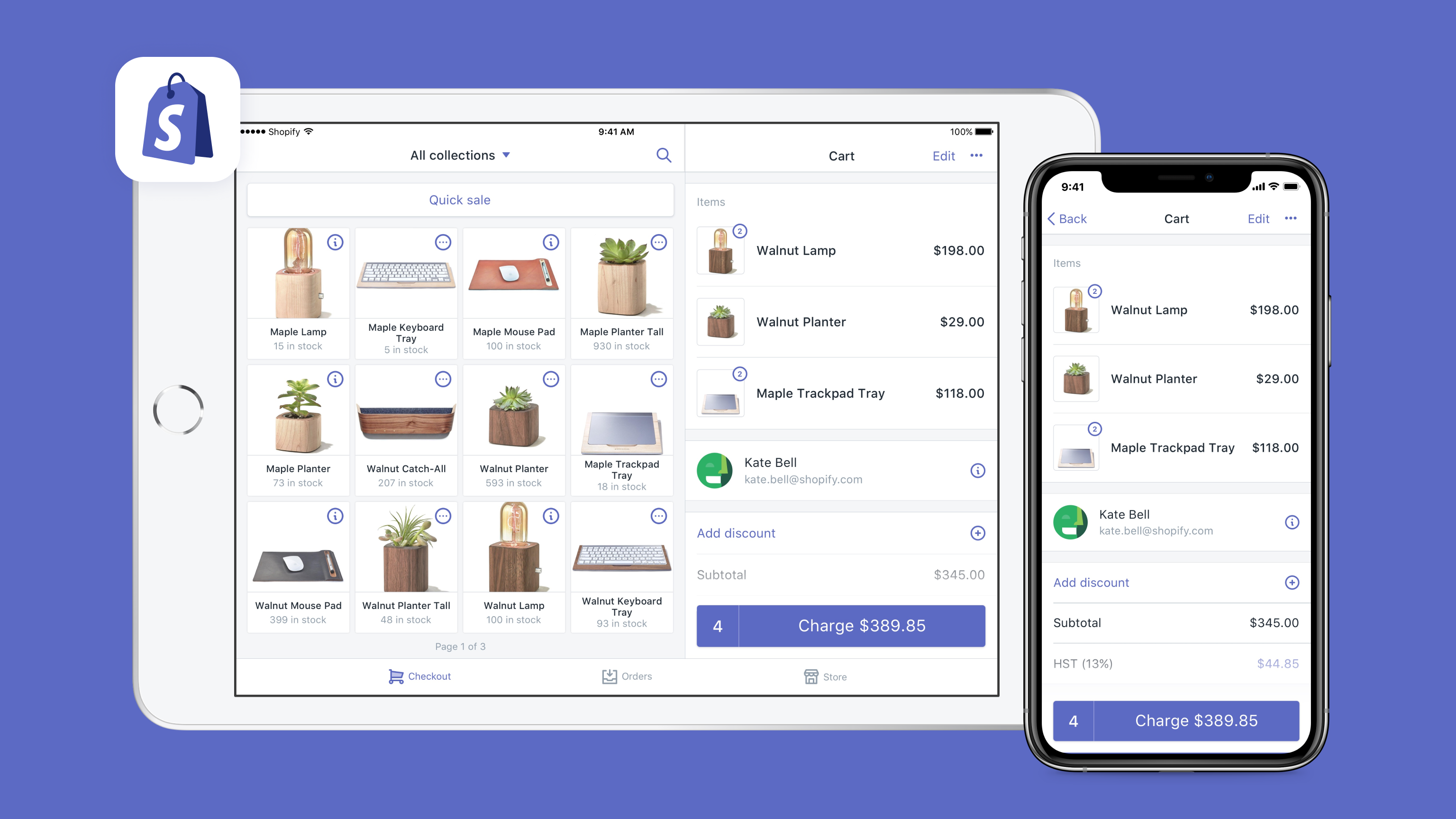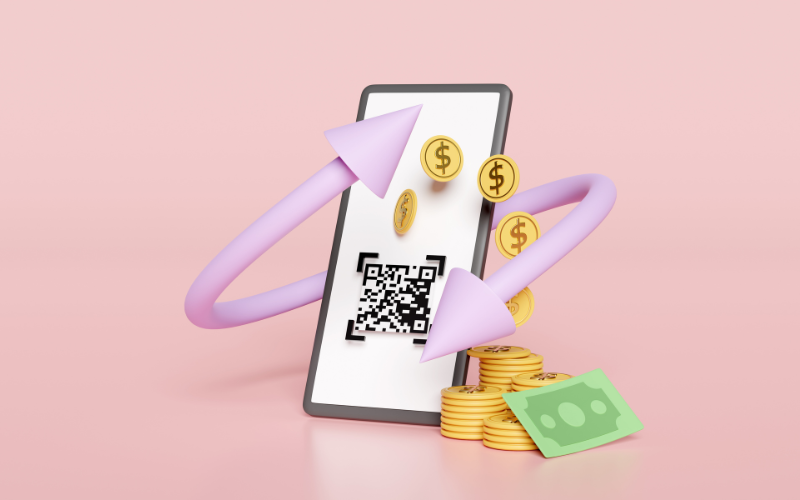Point of Sale (POS) Systems: What Are They?
- Shopify
- 5 Mins

What Is a Point of Sale (POS) System?
At the intersection of sales, inventory, and consumer base management is point of sale (POS) systems. Point of sale describes the transactional point where a customer issues payment for either goods or services. POS systems may be entirely online, or they may be in-store via POS terminals that will virtually process manual payments. You can think of the POS system as (typically) the point at which a sales tax is applied.
POS systems are part of an overarching idea called point of purchase (POP), which involves planning the placement of products for consumers, like designing the weekly mailing flyers sent by grocers, or optimising the layout of the physical grocery store to increase sales. POP is the concept that surrounds a point of sales system, acting as its promotional activity.
Today, we’ll explore the importance of these systems and how you can be using your POS system to boost sales and productivity.
The Importance of POS Systems
Inventory and Data
POS systems can perform inventory counts, stock levels, transfer stock, manage returns, and assign points – even between stores that are in separate locations. This allows owners to track items every step of the way, from original stock ordering to finalised sales, refunds, returns, and exchanges.
Measuring and Metrics
POS systems’ metrics allow businesses to collect and analyse data, which is then used to create a consistent buying experience whether in-store or online. Their measurements include breakdowns by department, category of item, or even individual items, all of which allow companies to find trends. This includes measuring product affinity, or which products are bought together. This feeds into order history intelligence, which uses past purchases to drive retargeting ads and smart recommendations.
Additional information like this is allowing in-store employees to recommend often-bought-together products on the spot, which ultimately feeds into customer profiles based on gathered data. From there, the history intelligence AI will modify ad delivery to consumers most likely to buy.
This information may also be used to measure which employees were cross-promoting products to customers or generating more sales. Business owners may also compare the number of employees to profit data, and use the staff-to-sales ratio to drive hiring.
Marketing
POS systems give marketing teams information about what type of marketing decisions customers are making and where they take place. In bigger stores, this allows for department breakdowns of what items are selling best. It may encourage establishing specialty retailers at specific store sections to guide customers on a more personal and informational level to drive sales. Marketing information collected by POS systems may affect what new products or designs come out in the future, or tell a manufacturer which colors or textures are selling best. The end goal? Transform all of your products into best-sellers through how you market them. H3 Benefits of POS Systems One of POS systems’ biggest benefits is their incredible insight into the inner workings of a store driven by on-going data collection. Through POS systems, business owners are able to track pricing accuracy across physical and virtual storefronts, monitor inventory changes, observe notable sales patterns, and quickly check on gross revenue. This monitoring provides a better shopping experience because owners can catch things like price discrepancies, avoiding potential customer service issues.
POS systems accomplish this data compilation through their second biggest benefit: streamlined processes. With a POS system, the tracking of sales data is automated and coordinated as it’s collected. POS systems can even be used to supplement consumer-facing features like membership programs and points systems.
Additionally, POS systems can support external features. Shopify store owners with brick-and-mortar establishments can install components like card readers and barcode scanners. Interactive models implement what’s called location-based technology, an interactive POS that allows customers to place orders and reservations electronically.
Shops don’t have to worry about compromising their brand either. Usually, each POS can be tailored to a business’ brand identity through visual aesthetics, data capacity, and mobility.
Shopify’s POS System
When you sign up with Shopify, their set of basic features includes their POS system for brick-and-mortar stores, markets, and pop-up shops. Their POS supports three buying scenarios: browse in store and buy online; buy in store and ship to customer; and buy online, pickup in store. The last of these three is especially important in times like these, where COVID-19 catalysed the popularity of curbside pick-up. Shopify’s business interface combines sales for you into unified analytics, making it simple to see and understand compiled information. Shopify notes that they saw 30% revenue growth when businesses unified their in-store and online sales. Their POS system makes this possible through features like using advanced inventory to generate purchase orders and transfer stock, and assigning employee and staff responsibilities.
Elevate Your E-Commerce Storefront
POS systems are proof that E-Commerce is certainly not limited to the virtual shopping sphere, and it can extend beyond its online facets. At Radiant, we believe that it’s essential to have an E-Commerce storefront that is unified with physical shopping by consistent, positive customer experiences. We help businesses succeed through custom, personalised Shopify storefronts. We digitise the physicalities and tangible aspects of your brand, all without losing your individuality. Plus, our team of Shopify experts completes browser and device QA testing that ensures every customer has a frictionless experience. Get in touch now for an individualised Shopify store by contacting us through our website!
Further Reading




















